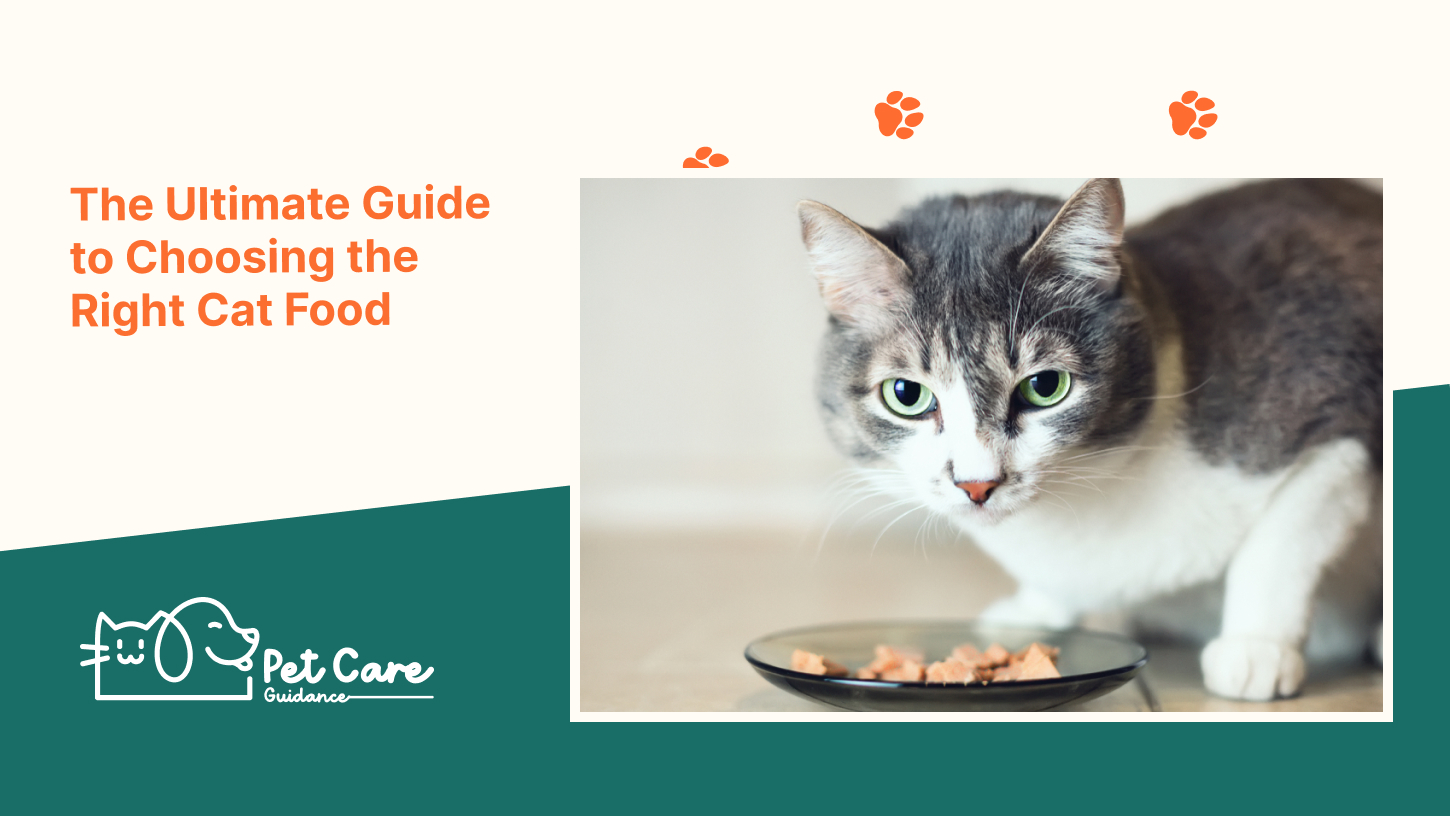Choosing the right cat food is essential for the health and well-being of your furry friend. All cat foods should contain animal protein and fat since cats are obligate carnivores and require these nutrients for optimal health.
Taurine and arachidonic acid are vital nutrients for cats and can only be obtained from animal sources, not plant-based ones. It is important to look for cat foods that prioritize these essential nutrients. Some highly rated options include Royal Canin, Whiskas, Purina Gourmet, Hills Science Plan, and Republic of Cats.
To make the best decision for your cat, consider their age, specific dietary needs, and any recommendations from your veterinarian. By choosing the right cat food, you can ensure that your feline friend remains happy and healthy.
Understanding Your Cat’s Nutritional Needs
When it comes to choosing the right cat food, understanding your cat’s nutritional needs is crucial. Cats are unique animals with specific dietary requirements. By providing them with a balanced and nutritious diet, you can ensure their overall health and well-being.
The importance of cat nutrition
Cat nutrition is vital for their growth, development, and maintenance of optimal health. A well-balanced diet helps prevent various health issues such as obesity, diabetes, kidney disease, and dental problems. Feeding your cat high-quality food can also enhance their immune system, improve their coat quality, and promote healthy digestion.
Nutrients essential for cats
Cats require specific nutrients to meet their unique biological needs. Some essential nutrients include:
| Nutrient | Importance | Sources |
|---|---|---|
| Taurine | Taurine is crucial for cats’ heart health, vision, and reproductive system. | Animal-based protein sources such as chicken, beef, and fish. |
| Arachidonic Acid | This fatty acid is necessary for the healthy function of cats’ skin, coat, and kidneys. | Animal-based fats found in meat and fish. |
| Protein | Protein is essential for cats’ growth, muscle development, and tissue repair. | Animal-based protein sources such as chicken, turkey, and salmon. |
| Essential fatty acids | These acids support cats’ skin and coat health, as well as their immune system. | Fish oil, flaxseed, and poultry fat. |
The difference between obligate carnivores and omnivores
Cats are obligate carnivores, which means their bodies are designed to thrive on a diet mainly consisting of animal-based protein and fat. Unlike omnivores, cats have specific dietary requirements that cannot be met by plant-based sources alone.
Therefore, it is crucial to choose a cat food that provides the necessary animal-based nutrients to meet their unique needs. Reading the label and ensuring that the primary ingredients are meat or fish-based sources will help ensure that your cat is getting their required nutrients.
Remember, consulting with your veterinarian is always recommended to determine the ideal nutritional needs of your specific cat. By understanding your cat’s nutritional needs and providing them with a well-balanced diet, you can contribute to their overall health and happiness.
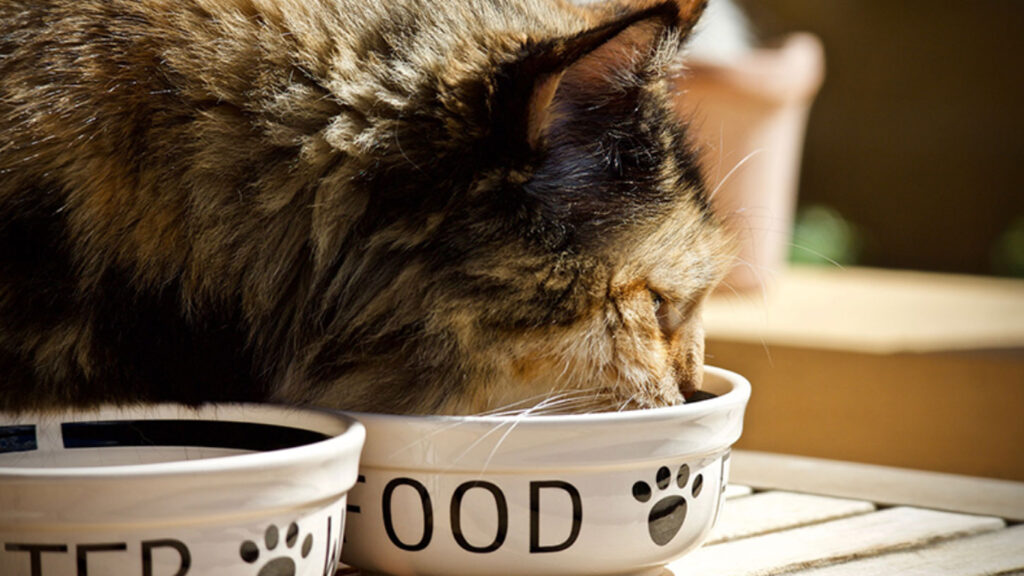
Types Of Cat Food
When it comes to choosing the right cat food for your feline companion, there are several options to consider. The type of cat food you choose can have a significant impact on your cat’s overall health and well-being. In this guide, we will explore the different types of cat food available in the market and their pros and cons. Let’s dive in!
Dry Cat Food
Dry cat food, also known as kibble, is one of the most popular options among cat owners. It is convenient to store and can be left out for cats to graze on throughout the day. Here are the pros and cons of dry cat food:
Pros of Dry Cat Food:
- Convenient and easy to store
- Promotes dental health by reducing tartar buildup
- Less messy compared to wet cat food
- Can be more cost-effective
Cons of Dry Cat Food:
- Low moisture content, which may lead to dehydration
- May contain more carbohydrates and fillers
- May not be suitable for cats with dental issues
Popular brands of dry cat food include:
| Brand | Product |
|---|---|
| Purina | Cat Chow Complete Dry Cat Food |
| Royal Canin | Indoor Dry Cat Food |
| Hill’s Science Diet | Adult Chicken Recipe Dry Cat Food |
Wet Cat Food
Wet cat food, also known as canned cat food, is another popular choice for cat owners. It has a higher moisture content, which can be beneficial for cats who don’t drink enough water. Here are the pros and cons of wet cat food:
Pros of Wet Cat Food:
- Higher moisture content, which helps with hydration
- Can be more palatable for picky eaters
- Less processed and more similar to a cat’s natural diet
Cons of Wet Cat Food:
- Needs to be refrigerated once opened
- Shorter shelf life compared to dry cat food
- May be more expensive
Popular brands of wet cat food include:
| Brand | Product |
|---|---|
| Purina | Gourmet Wet Cat Food |
| Blue Buffalo | Tasteful Indoor Wet Cat Food |
| IAMS | ProActive Health Indoor Weight Control & Hairball Care |
Raw Cat Food
Raw cat food diets, also known as biologically appropriate diets, aim to mimic a cat’s natural diet in the wild. These diets consist of raw meat, bones, organs, and sometimes fruits and vegetables. Here are the pros and cons of raw cat food diets:
Pros of Raw Cat Food Diets:
- More closely resembles a cat’s natural diet
- May promote healthier skin and coat
- May reduce the risk of certain health issues
Cons of Raw Cat Food Diets:
- Can be time-consuming and require careful preparation
- May pose a risk of bacterial contamination
- Not suitable for all cats, especially those with compromised immune systems
If you decide to introduce a raw cat food diet, it’s important to do so safely. Consult with your veterinarian and follow their guidelines. Gradually introduce raw food into your cat’s diet to allow their digestive system to adjust.
Remember, the type of cat food you choose should always meet your cat’s nutritional needs and be approved by your veterinarian. Consider your cat’s age, health condition, and preferences when making the final decision. Happy feeding!

Understanding the ingredients list
When it comes to choosing the right cat food, it’s important to understand the ingredients list. The ingredients list provides valuable information about what is actually in the cat food product. It is listed in order of weight, with the most prominent ingredient appearing first.
In order to make an informed decision, it’s essential to know what each ingredient means and its nutritional value.
Identifying common allergens
To ensure your cat’s health and well-being, it’s crucial to be aware of common allergens and avoid ingredients that your cat may be allergic to. Some common allergens for cats include grains, dairy, and certain proteins like chicken or fish.
When reading the ingredients list, look for any potential allergens and consider choosing cat food with alternative ingredients that your cat can tolerate.
Nutritional information on cat food labels
The nutritional information section on cat food labels provides essential details about the nutrient content of the product. This helps you assess whether the cat food meets your feline friend’s nutritional needs.
Here are some important details to look for:
- Protein content: Cats require a high-protein diet, so look for cat food with protein as the main ingredient.
- Fat content: Cats need a certain amount of fat for energy and healthy skin and coat. Ensure that the food contains the right amount of fat.
- Vitamins and minerals: Look for cat food that is fortified with essential vitamins and minerals to support your cat’s overall health.
Reading the nutritional information is essential for providing your cat with a balanced and nutritious diet.
When choosing the right cat food, remember to consider your cat’s specific dietary needs, age, and any health conditions. Consulting with your veterinarian can help you make an informed decision based on your cat’s individual requirements.
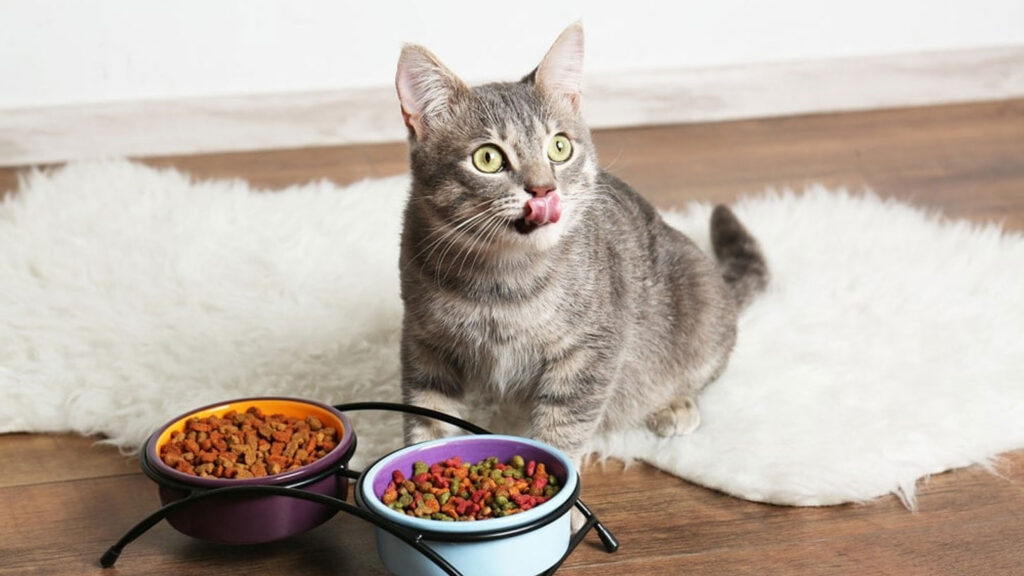
Choosing The Right Cat Food For Your Cat
When it comes to choosing the right cat food for your feline friend, there are several factors to consider. From age-specific cat food to special dietary needs, it’s important to select a balanced and nutritious diet that meets your cat’s individual needs. In this section, we’ll explore different types of cat food and provide tips on how to choose the perfect option for your cat.
Age-specific cat food
Cats have different nutritional needs at different stages of their life. It’s important to choose cat food that is specifically formulated for your cat’s age group. Here are the main categories of age-specific cat food:
| Category | Description |
|---|---|
| Kitten food | Designed for growing kittens, this type of cat food contains higher levels of protein and essential nutrients to support their development. |
| Adult cat food | Formulated for adult cats, this type of cat food provides a balanced diet to meet their nutritional needs. |
| Senior cat food | Specifically created for older cats, senior cat food focuses on supporting joint health and providing a lower-calorie option for less active cats. |
Special dietary needs
In addition to age-specific cat food, some cats may have special dietary needs due to health conditions or allergies. Here are a few categories of cat food tailored to these needs:
- Grain-free cat food: Made without grains, this type of cat food is suitable for cats with grain allergies or sensitivities.
- Limited ingredient diets: These cat foods are formulated with a minimal number of ingredients to minimize the risk of food allergies or sensitivities.
- Prescription cat food: Recommended by veterinarians, prescription cat food is designed to manage specific health conditions such as kidney disease or urinary issues.
Considering your cat’s health conditions
If your cat has specific health conditions, it’s important to choose cat food that supports their well-being. Here are a few examples:
- Cat food for weight management: These types of cat food are formulated with controlled calorie levels to help cats maintain a healthy weight.
- Cat food for urinary health: Designed to promote urinary tract health, these cat foods are formulated to reduce the risk of urinary issues like bladder stones or urinary tract infections.
- Cat food for allergies: If your cat has food allergies or sensitivities, hypoallergenic cat foods can help eliminate potential allergens and provide a balanced diet.
By considering your cat’s age, specific dietary needs, and health conditions, you can make an informed decision when choosing the right cat food. Remember to consult with your veterinarian to ensure the selected cat food aligns with your cat’s individual needs.
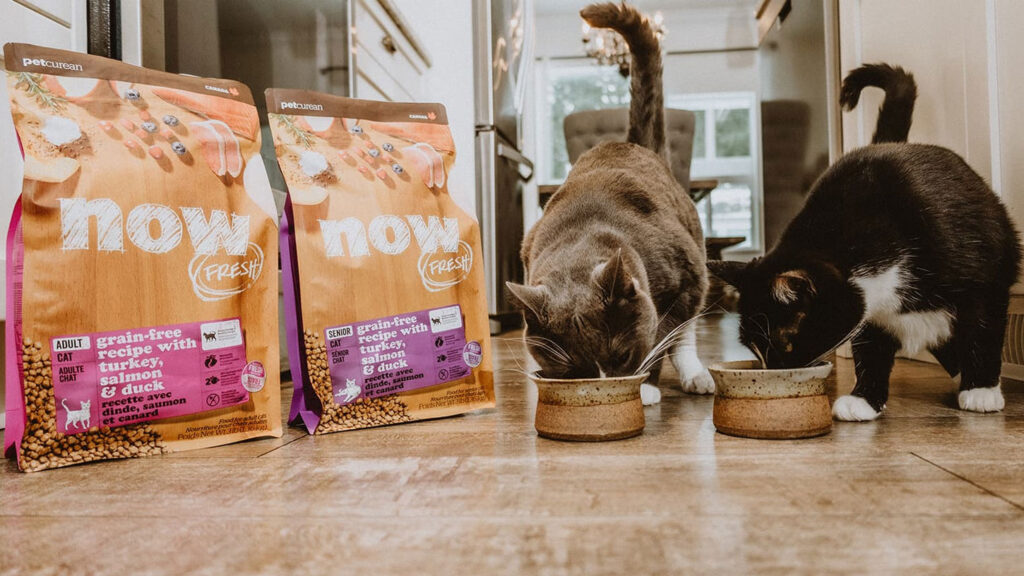
Transitioning To A New Cat Food
When it comes to switching your cat’s food, a gradual transition is key to ensure a smooth adjustment. Cats are known for being creatures of habit, and sudden changes in their diet can lead to digestive issues and upset stomachs. By slowly introducing the new cat food over time, you can help your feline friend adjust and avoid any unnecessary discomfort.
The importance of a gradual transition
A gradual transition from one cat food brand to another allows your cat’s digestive system to adapt to the new ingredients and nutrients. It also helps prevent any sudden changes in their diet, which can lead to gastrointestinal distress. By gradually mixing the new cat food with the old food, you can make the transition easier for your furry friend.
Tips for successfully switching cat food brands
Successfully switching your cat’s food brand requires a careful and step-by-step approach. Here are some tips to help you navigate the process:
- Start by mixing a small amount of the new cat food with your cat’s current food. Aim for a ratio of 75% old food and 25% new food.
- Monitor your cat’s response to the new food. Keep an eye out for any signs of digestive upset, such as diarrhea or vomiting.
- If your cat tolerates the initial transition well, gradually increase the proportion of the new food while reducing the amount of the old food. Aim for a ratio of 50% old food and 50% new food.
- Continue monitoring your cat’s response and adjust the ratio accordingly. If your cat experiences any digestive issues, slow down the transition process.
- Once your cat is comfortably eating a mixture of 75% new food and 25% old food, you can start feeding them the new food exclusively.
Monitoring your cat’s response to the new food
Throughout the transition process, it is essential to closely monitor your cat’s response to the new food. Look for any changes in their appetite, litter box habits, or overall behavior. If you notice any concerning signs or your cat’s condition worsens, consult with your veterinarian.
Remember, patience and a gradual approach are key when transitioning your cat to a new food brand. By following these tips, you can help ensure a successful switch without upsetting your cat’s delicate digestive system.
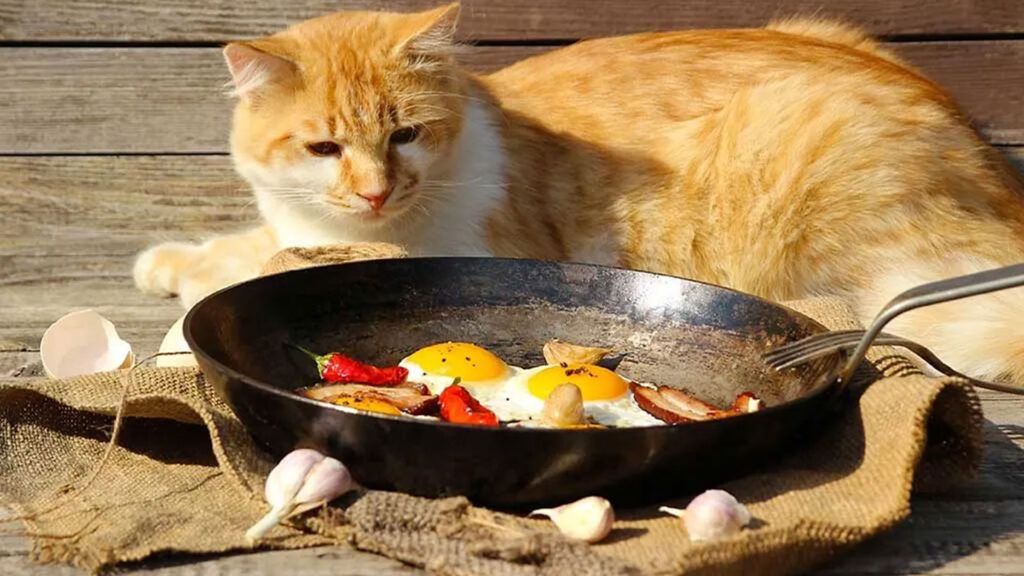
Homemade Cat Food Recipes
When it comes to choosing cat food, many pet owners are opting for homemade options. Homemade cat food not only allows you to have complete control over the ingredients, but it also ensures that your furry friend is getting a nutritious and balanced diet.
The Pros and Cons of Homemade Cat Food
Before delving into the world of homemade cat food recipes, it’s important to understand the pros and cons of this dietary choice.
Pros of Homemade Cat Food:
- Control over ingredients: By making your own cat food, you have full control over the quality and types of ingredients used, ensuring that your cat gets the best nutrition possible.
- Allergen elimination: Homemade cat food allows you to avoid ingredients that your cat may be allergic to, reducing the risk of digestive issues or skin problems.
- Customization: Homemade cat food recipes can be tailored to meet specific dietary requirements or health concerns, such as weight management or urinary tract health.
Cons of Homemade Cat Food:
- Nutritional imbalance: It can be challenging to create a well-balanced homemade cat food that provides all the essential nutrients in the correct proportions. Without proper planning and research, your cat may miss out on vital nutrients.
- Time-consuming: Preparing homemade cat food requires time and effort to ensure proper cooking, ingredient selection, and portion control.
- Cost: While it’s possible to make homemade cat food on a budget, sourcing high-quality ingredients can be more expensive than purchasing commercial cat food.
Essential Nutrients for Homemade Cat Food
When preparing homemade cat food, it is crucial to include all the necessary nutrients to support your cat’s overall health and well-being. Here are some essential nutrients that you should be mindful of:
| Nutrient | Sources |
|---|---|
| Taurine | Meat, fish, eggs |
| Arachidonic Acid | Poultry fat, fish oil |
| Protein | Meat, poultry, fish, eggs |
| Fatty Acids | Fish oil, flaxseed oil |
| Vitamins and Minerals | Fruits, vegetables, supplements |
Easy Homemade Cat Food Recipes to Try
If you’re considering homemade cat food for your feline companion, here are a few simple recipes to get you started:
Tuna and Rice Delight
- Cook 1 cup of rice according to package instructions.
- Drain a can of tuna in water, and mix it with the cooked rice.
- For added nutrition, mix in some cooked and mashed vegetables like peas or carrots.
- Let the mixture cool before serving it to your cat.
Chicken and Sweet Potato Stew
- Cook a boneless chicken breast in water until fully cooked.
- Remove the chicken from the water and shred it into small pieces.
- In a separate pot, boil sweet potatoes until tender.
- Mash the sweet potatoes and combine them with the shredded chicken.
- Allow the stew to cool before serving it to your cat.
Remember, before making any significant dietary changes for your cat, it’s essential to consult with your veterinarian to ensure that homemade cat food is suitable for your furry friend’s specific needs.
Royal Canin
Royal Canin is regarded as one of the best cat food brands available in the market. With their emphasis on tailored nutrition for specific cat breeds and their extensive research in feline health, Royal Canin offers a wide range of high-quality cat food options.
Purina
Purina is a trusted and well-known brand that offers a variety of cat food options suitable for different life stages and dietary needs. They prioritize using high-quality ingredients to provide balanced nutrition for cats to thrive.
Hill’s Science Diet
Hill’s Science Diet is a renowned brand that focuses on science-based nutrition to support cats’ overall health and well-being. Their cat food formulas are carefully designed to meet specific nutritional needs, such as weight management or sensitive stomachs.
Blue Buffalo
Blue Buffalo is a popular choice among cat owners who prioritize natural and holistic ingredients. Their cat food formulas are made with real meat as the primary ingredient and are free from artificial preservatives, colors, and flavors.
IAMS
IAMS is committed to providing cats with essential nutrients to support their optimal health. They offer a range of cat food options for various life stages and dietary needs, including specialized formulas for indoor cats or cats with sensitive digestion.
Frequently Asked Questions Of The Ultimate Guide To Choose The Right Cat Food
How Do I Choose The Right Food For My Cat?
Choose a cat food that contains animal protein and fat as cats are obligate carnivores. Ensure it has nutrients like taurine and arachidonic acid, which are found in animal sources. Consider brands like Royal Canin, Whiskas, Purina Gourmet, Hills Science Plan, and Republic of Cats.
For indoor cats, options like Blue Buffalo Tastefuls Indoor, IAMS ProActive Health Indoor Weight Control & Hairball Care, and Purina ONE +Plus Indoor Advantage are recommended. Consult with veterinarians for the best options. Avoid plant-based sources and opt for dry, wet, or canned cat foods.
What Are The Top 5 Healthiest Cat Foods?
The top 5 healthiest cat foods are Royal Canin, Whiskas, Purina Gourmet, Hills Science Plan Kitten Food, and Republic of Cats. Animal-based sources of protein and fat are essential for cats as they are obligate carnivores. Choose a cat food that includes these nutrients.
What Is The Healthiest Cat Food For Indoor Cats?
The healthiest cat food for indoor cats includes Blue Buffalo Tastefuls Indoor, IAMS ProActive Health Indoor Weight Control & Hairball Care, and Purina ONE +Plus Indoor Advantage. These options provide balanced nutrition for your cat’s specific needs.
How Do I Choose The Right Cat Food For My Feline Friend?
All cat foods should have a source of animal protein and fat. Cats require nutrients like taurine and arachidonic acid, which are only found in animal sources. Look for a reputable brand that meets the nutritional standards set by veterinary professionals.
Conclusion
When it comes to choosing the right cat food, it’s essential to prioritize their unique dietary needs. Cats require animal sources of protein and fat, as they are obligate carnivores. Remember to look for foods that include essential nutrients like taurine and arachidonic acid.
To make the process easier, consider top-rated brands like Royal Canin, Whiskas, and Purina. Whether you have an indoor cat or a kitten, there are specific options available to cater to their needs. With the help of this ultimate guide, you’ll be equipped to make informed decisions and keep your feline friend healthy and happy.


